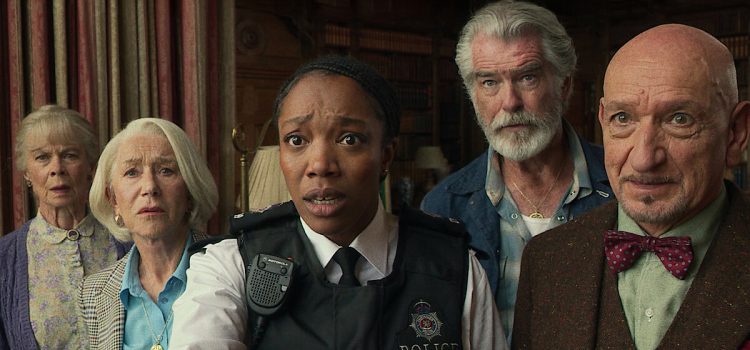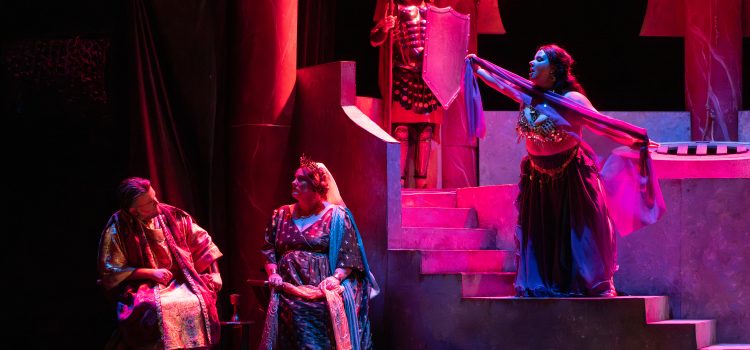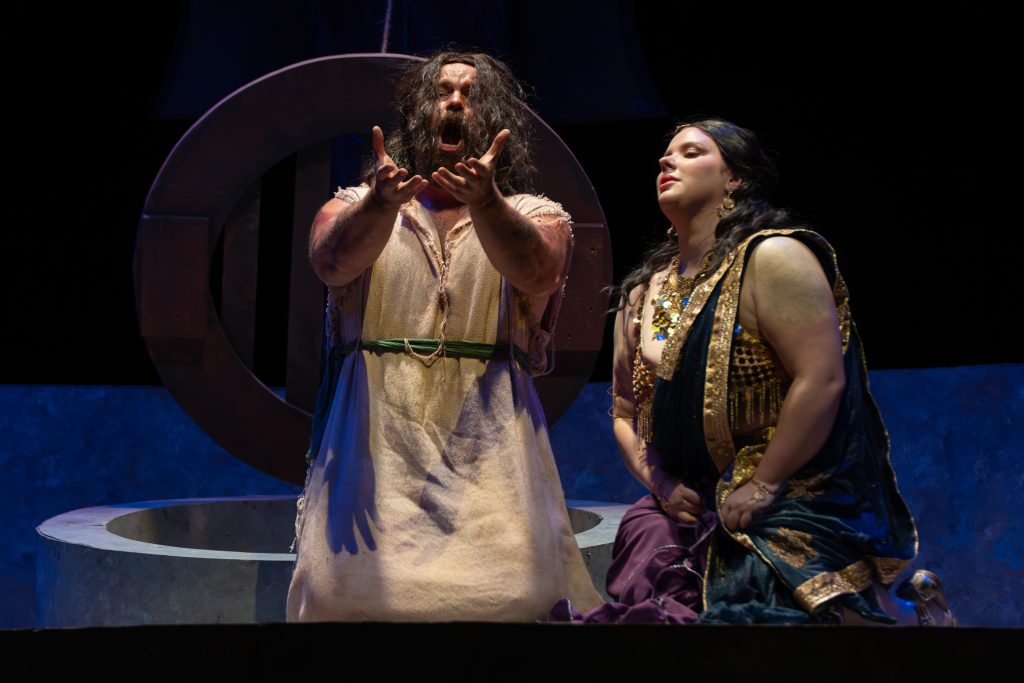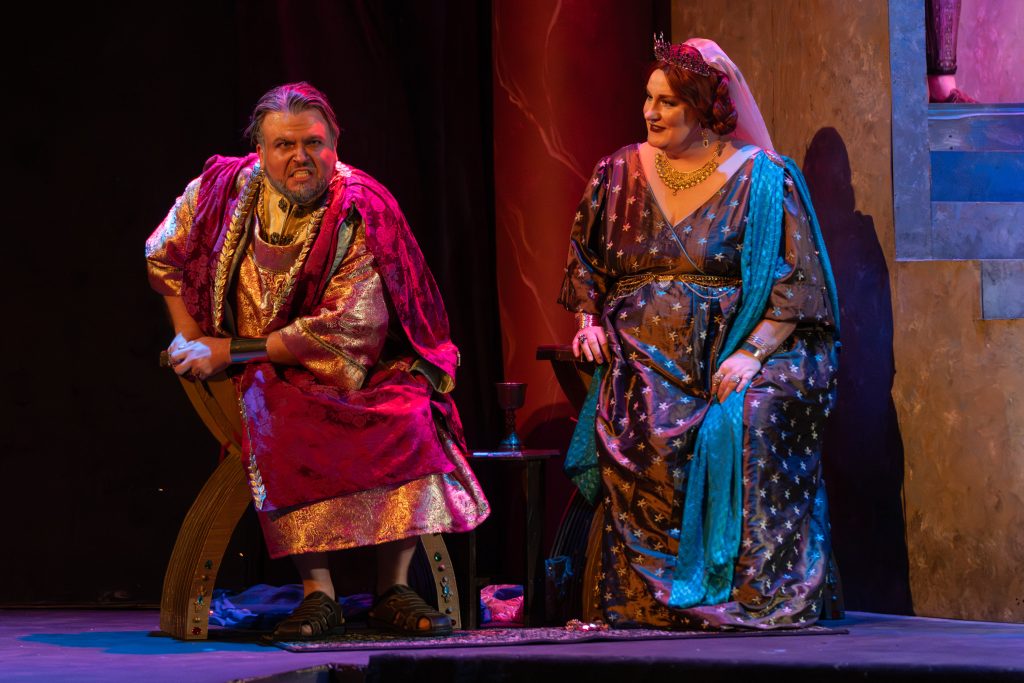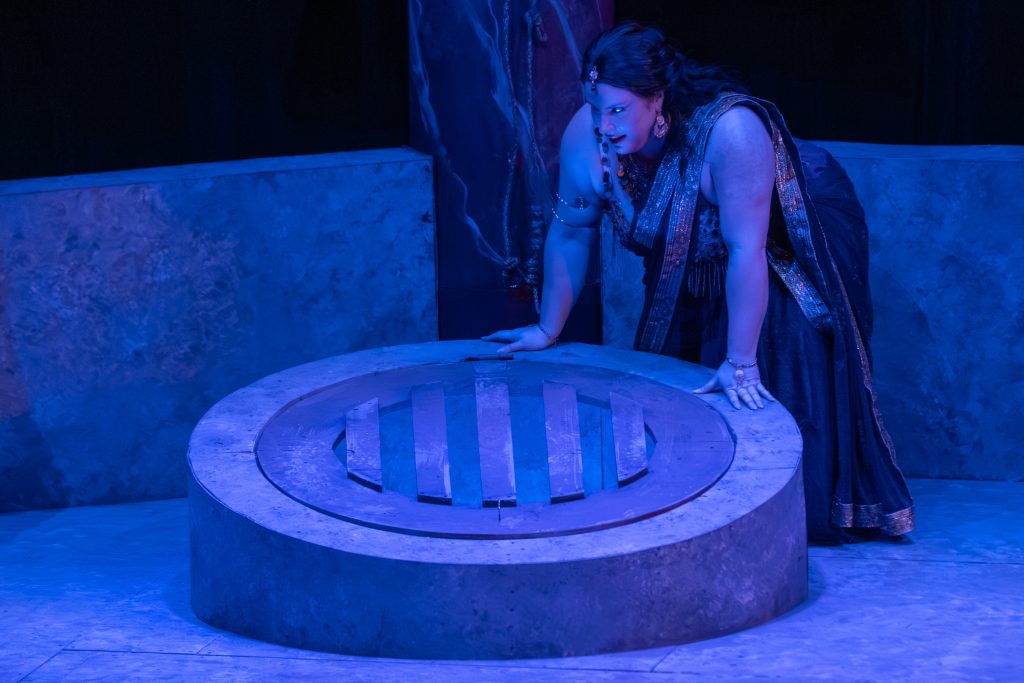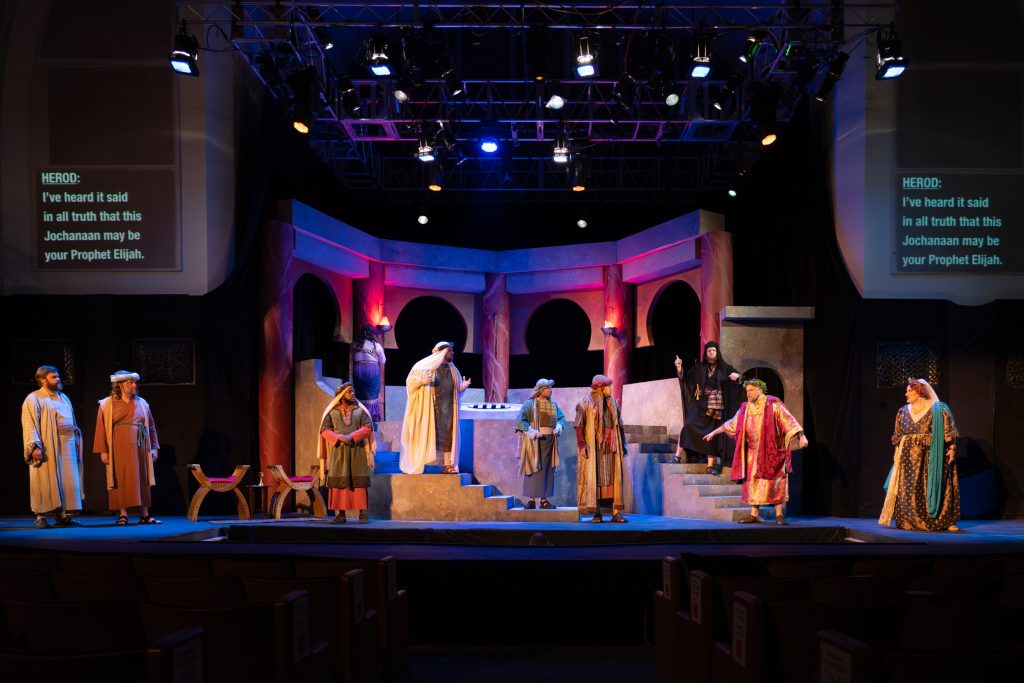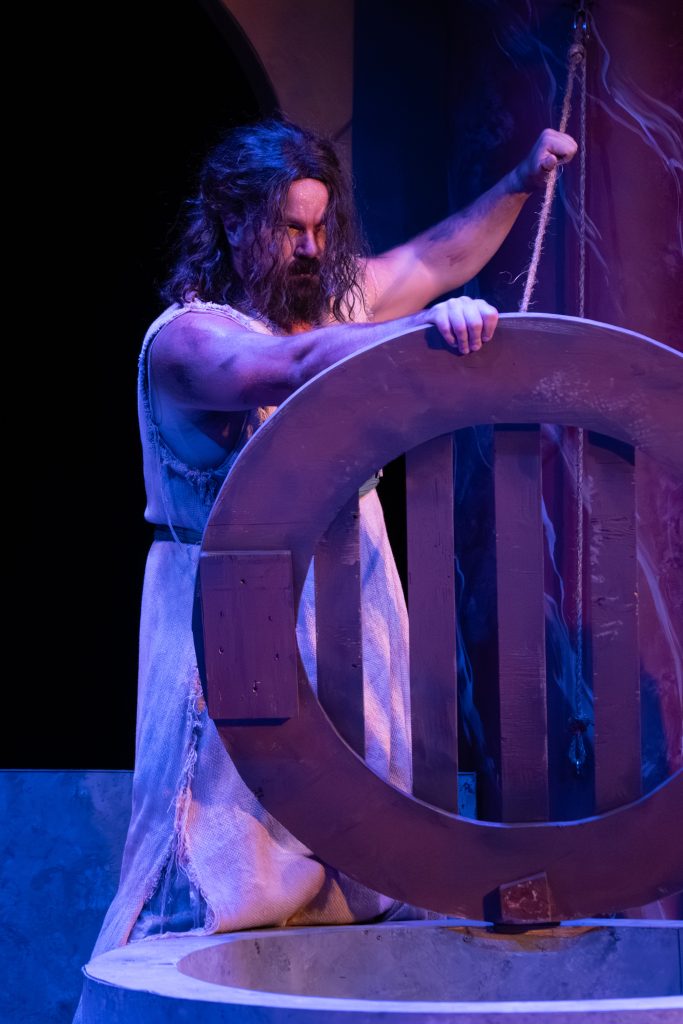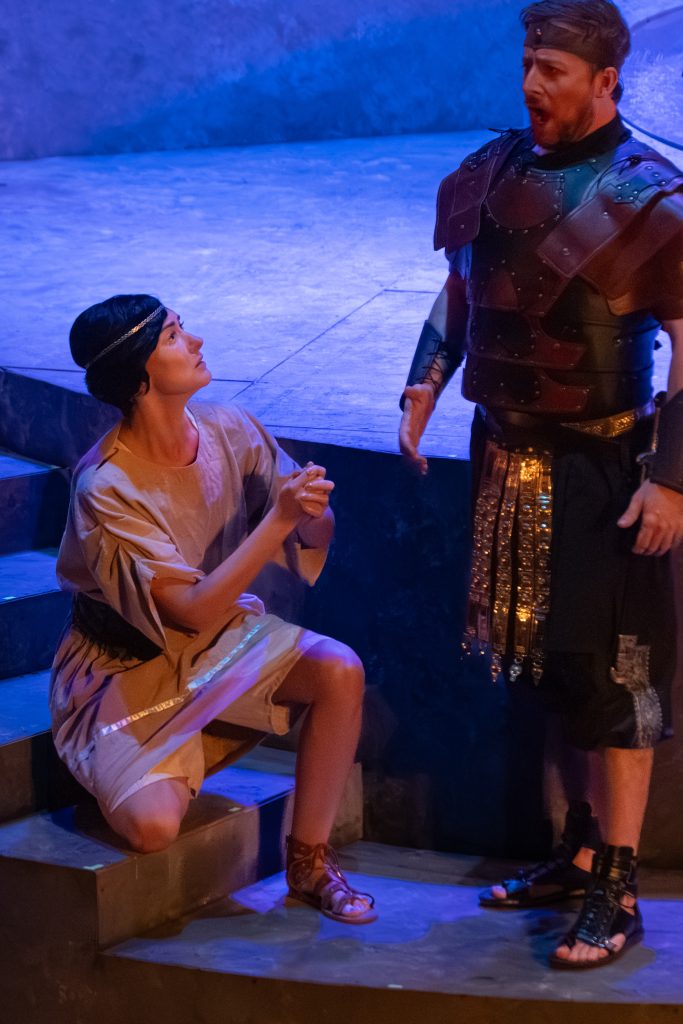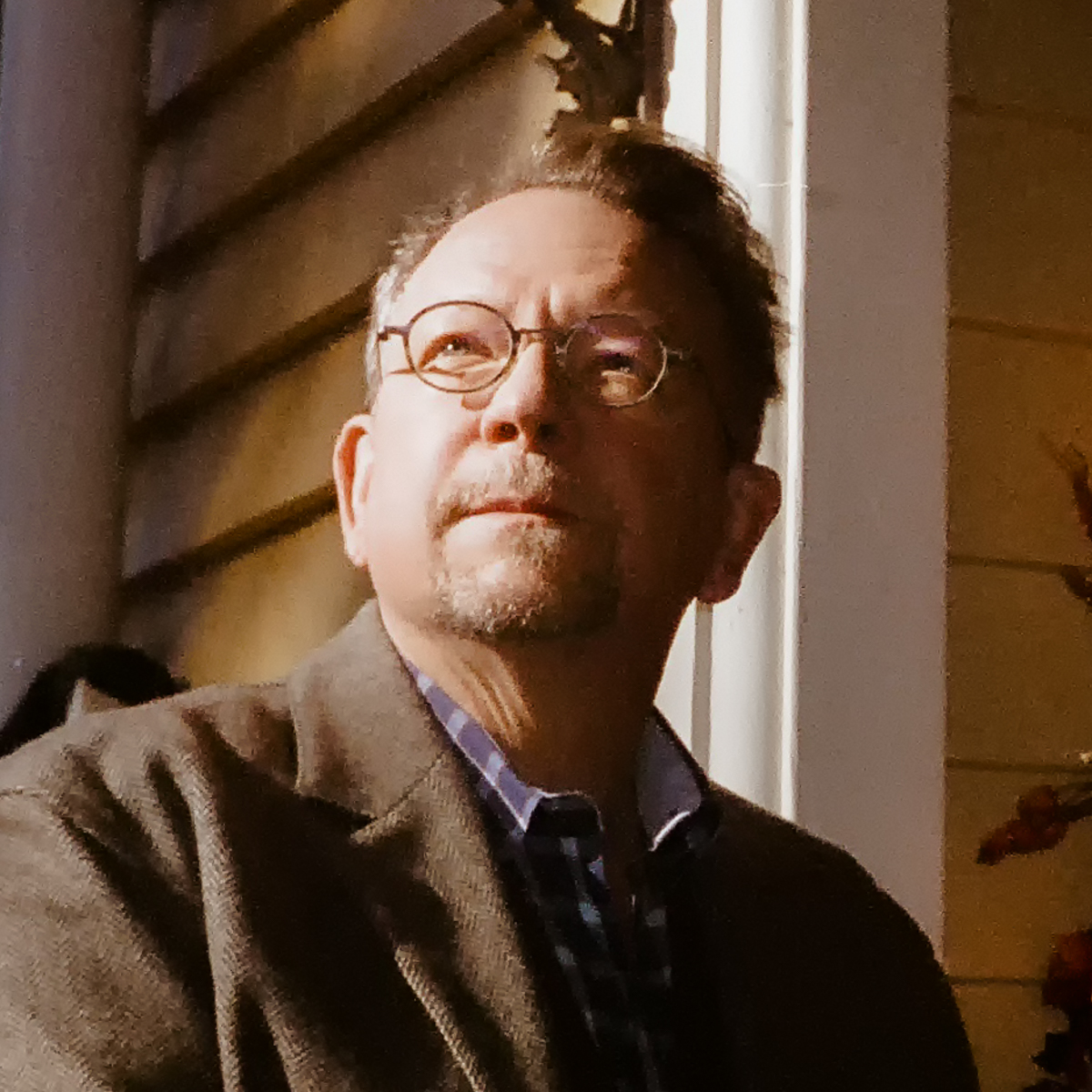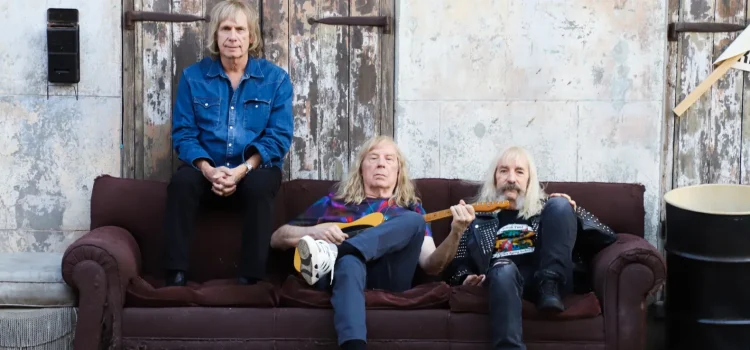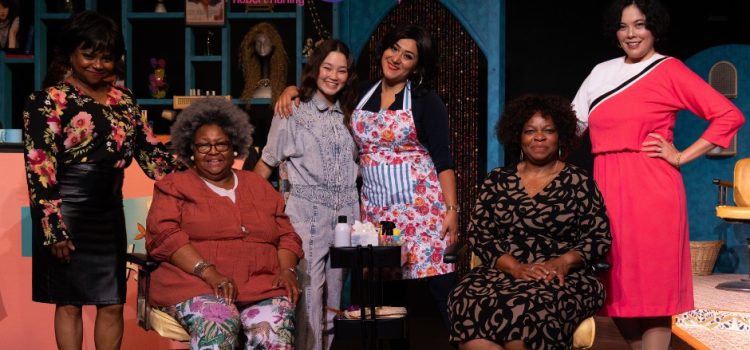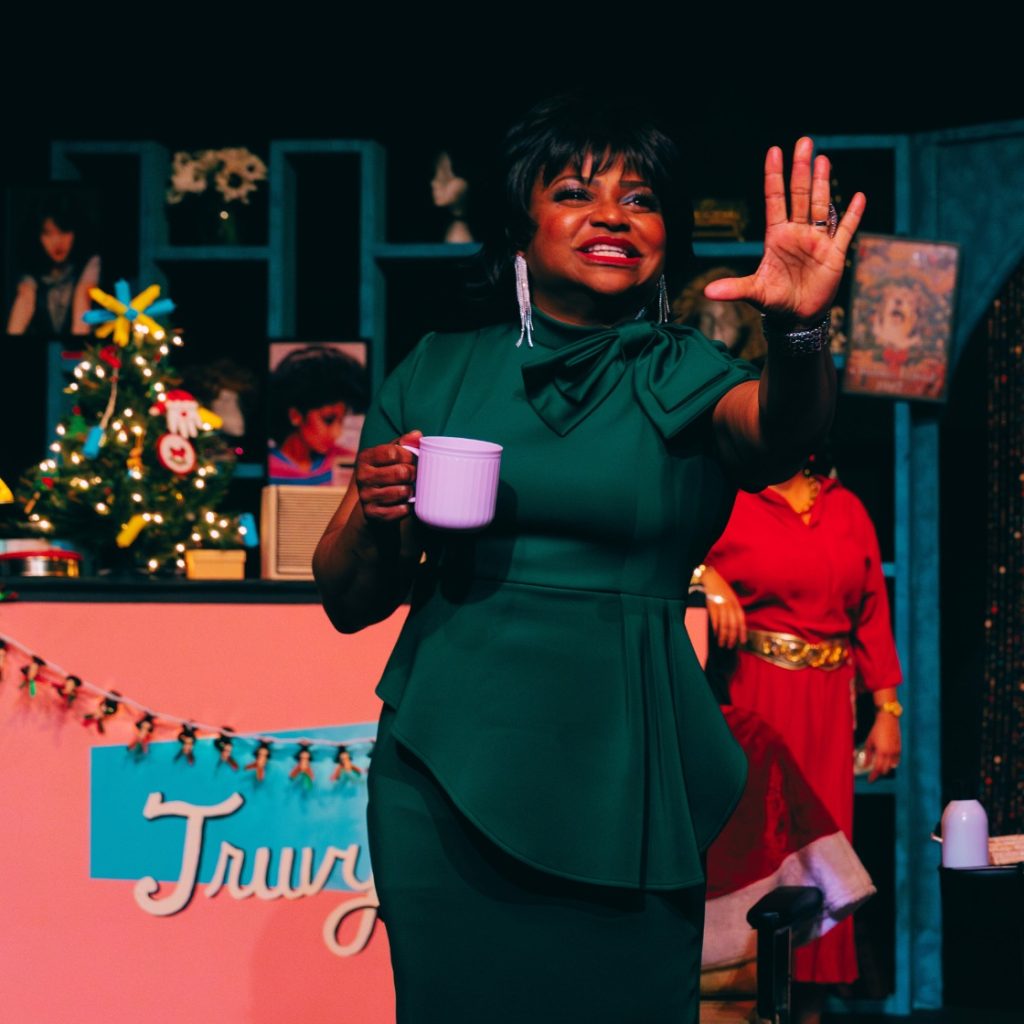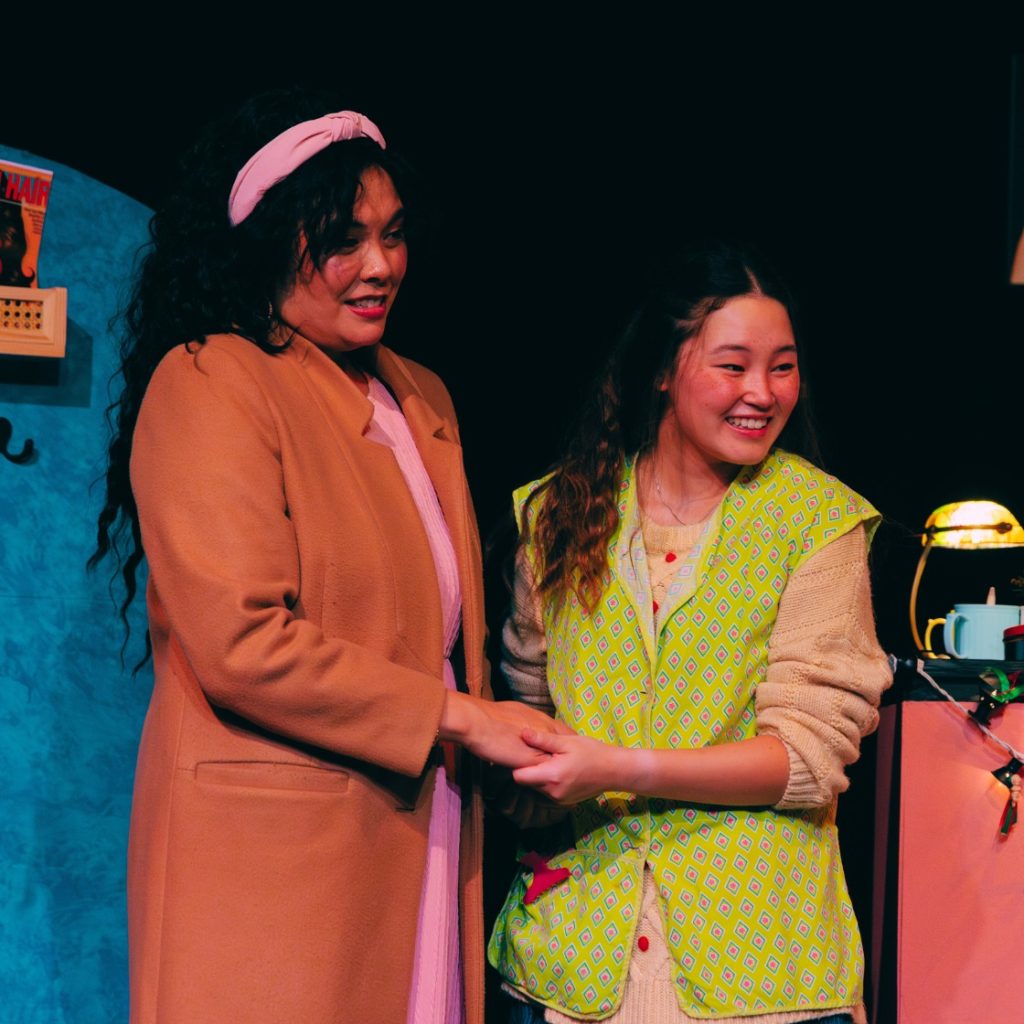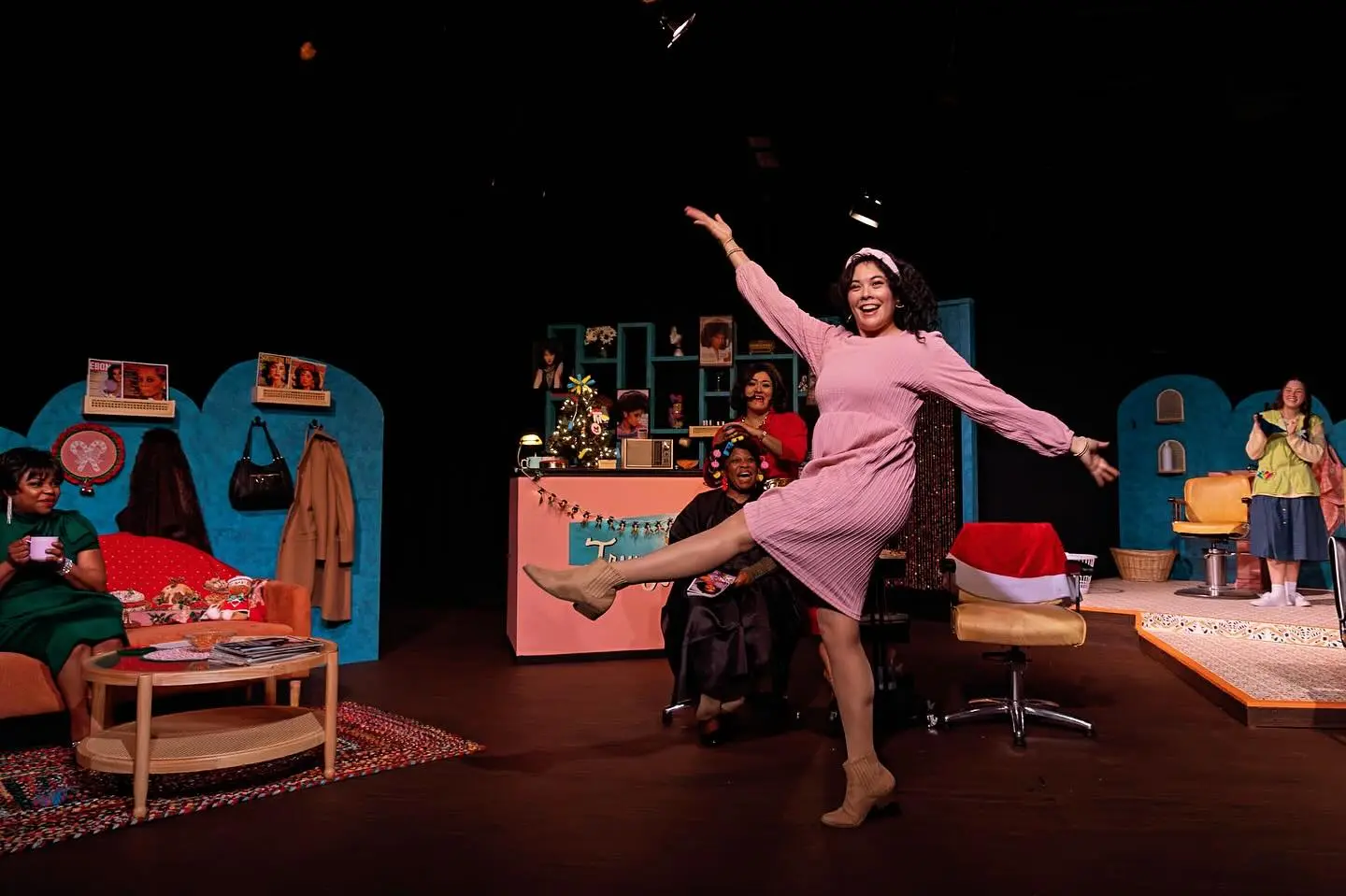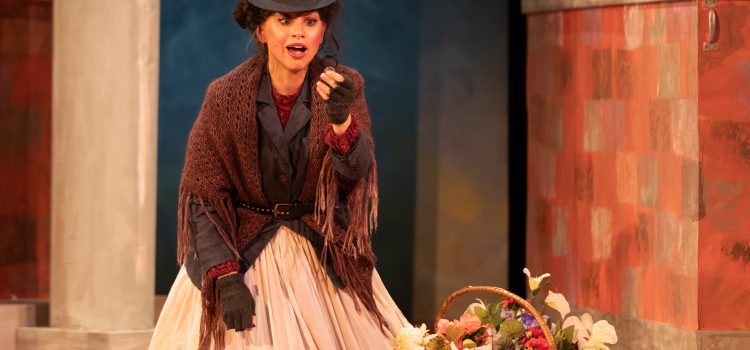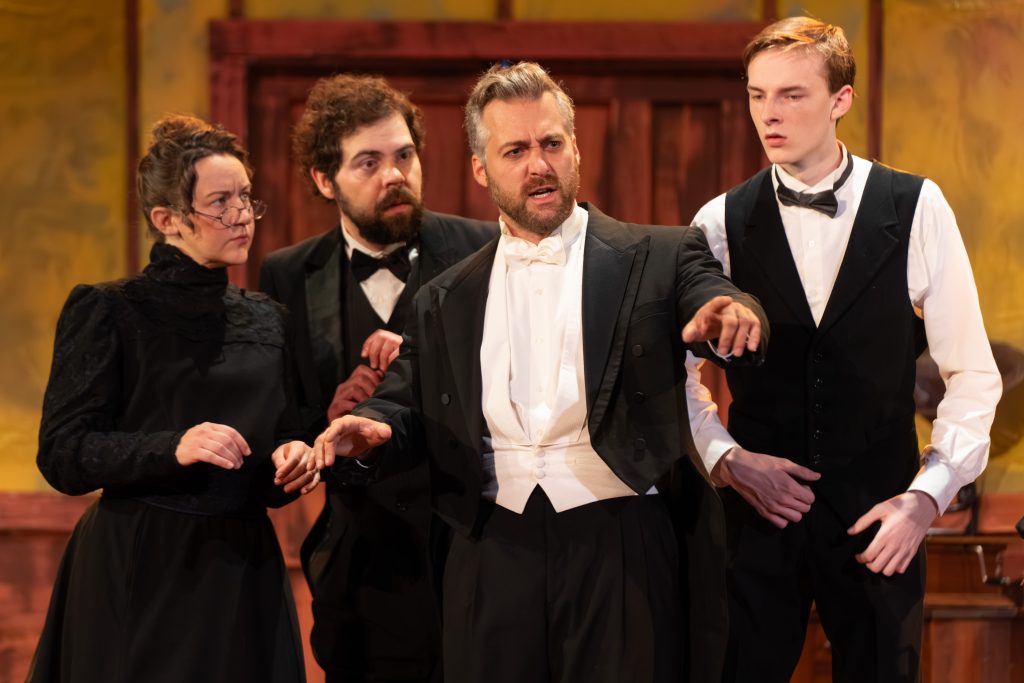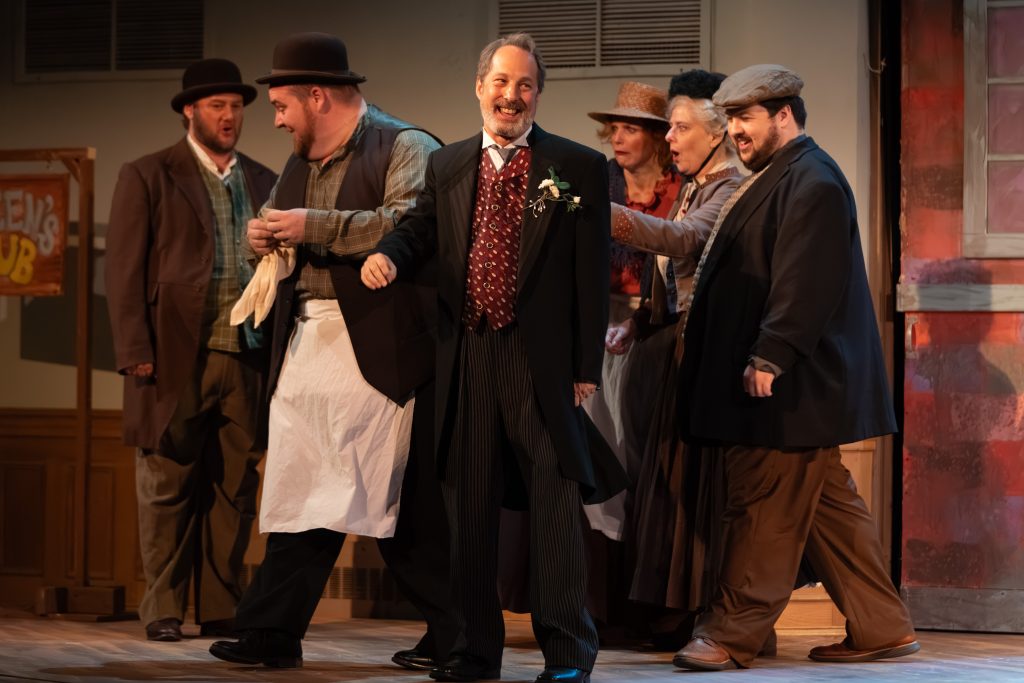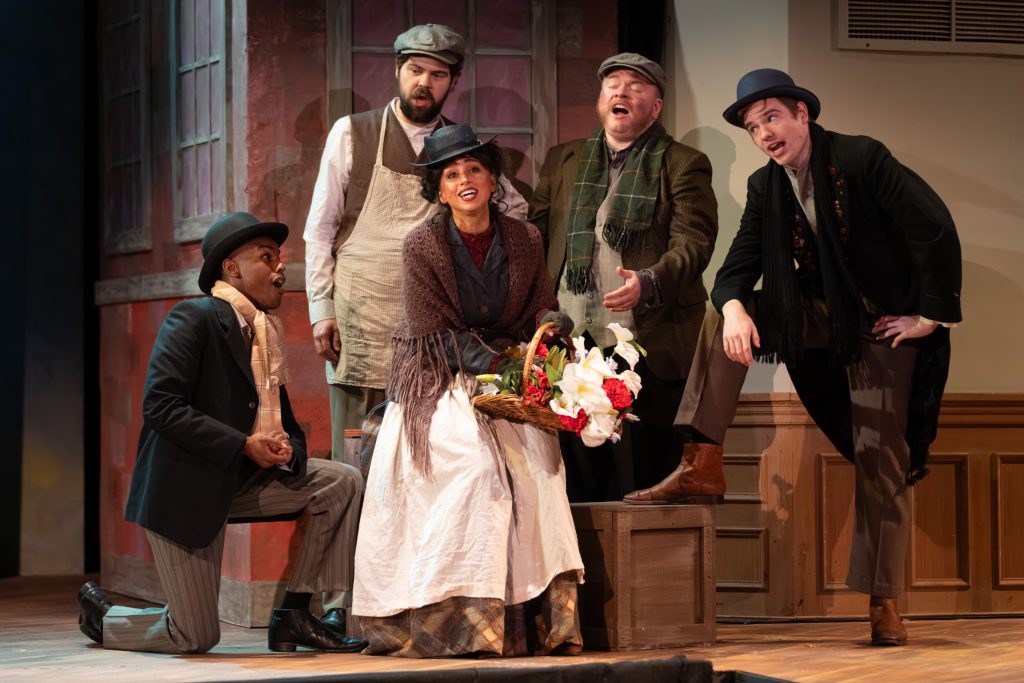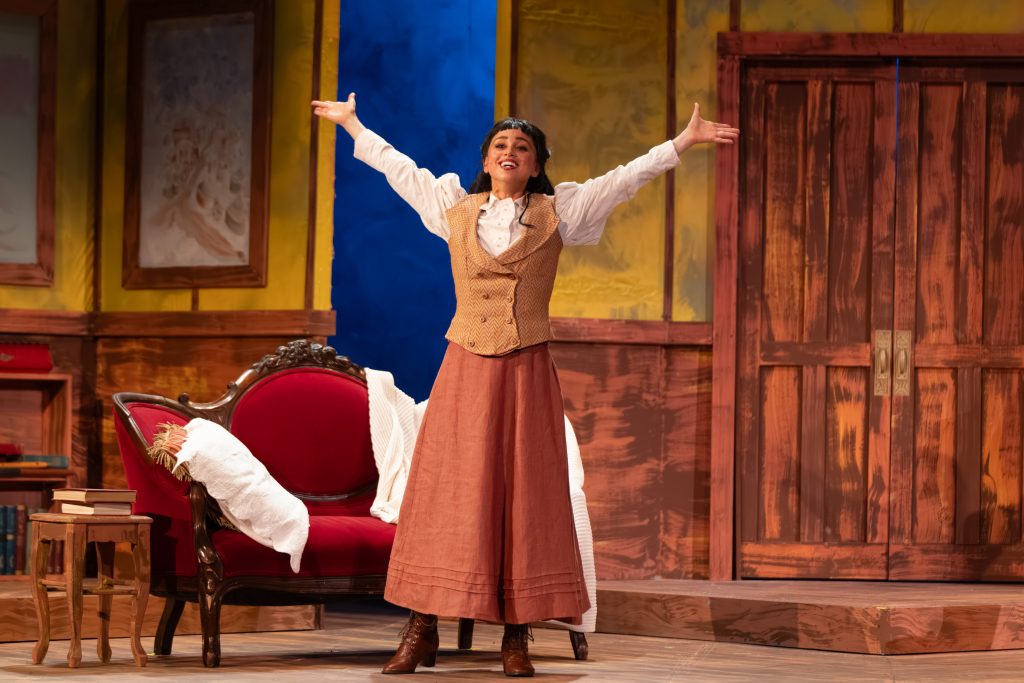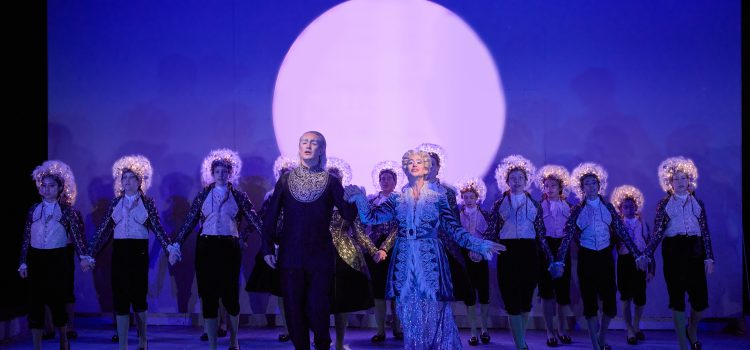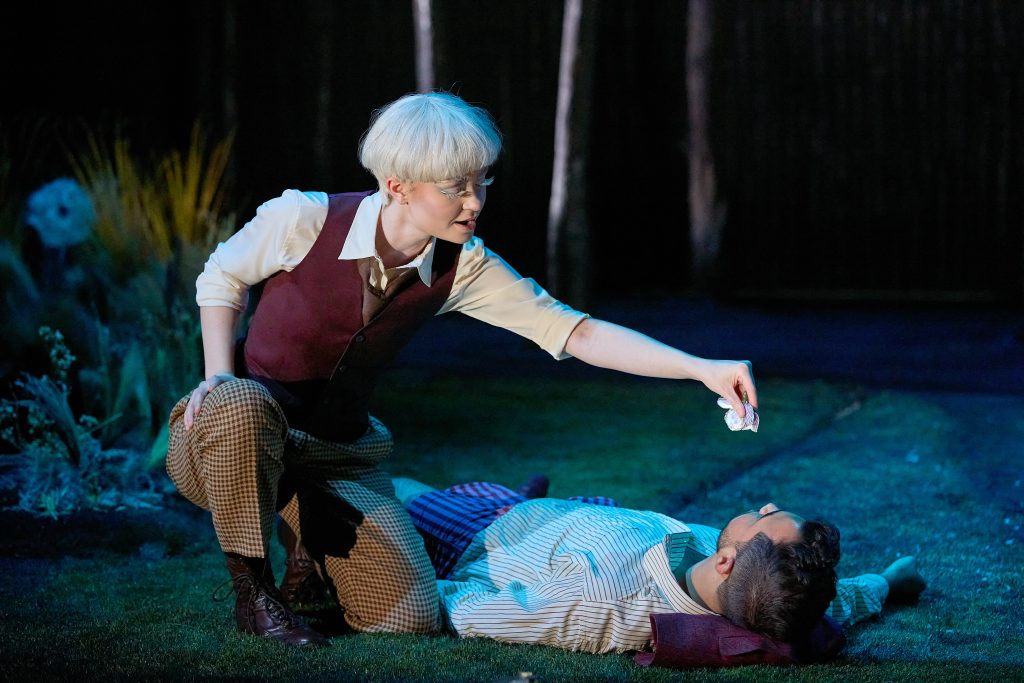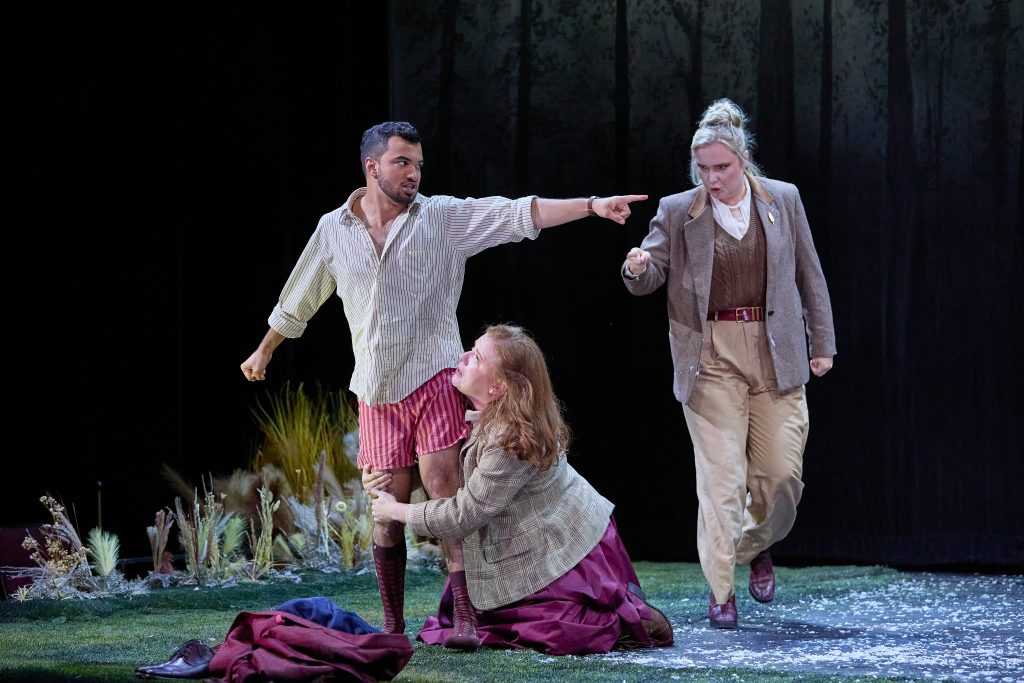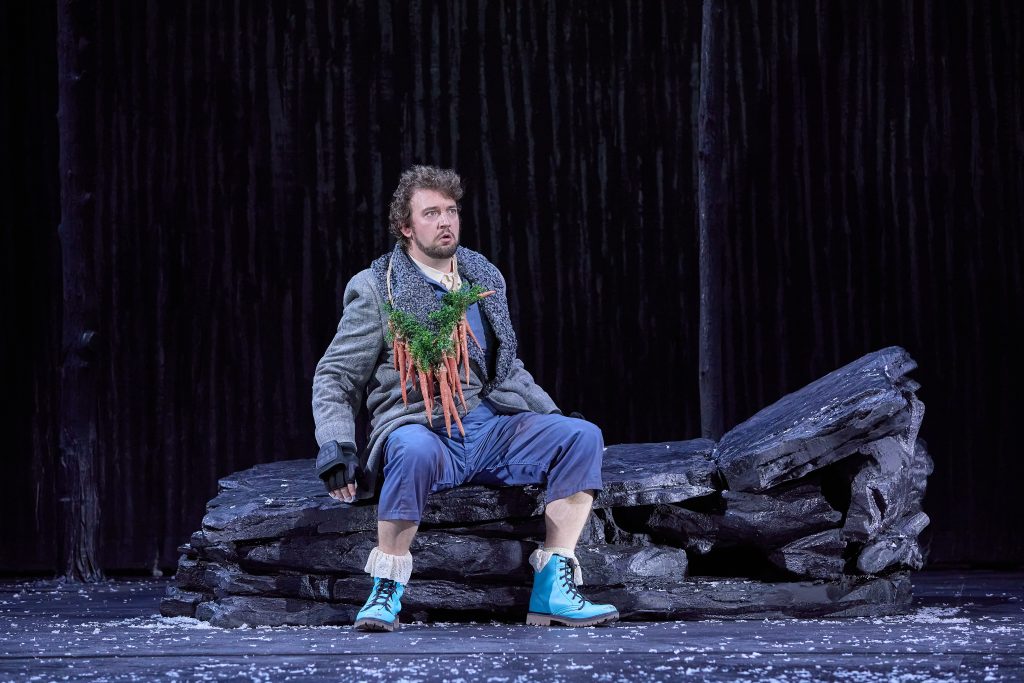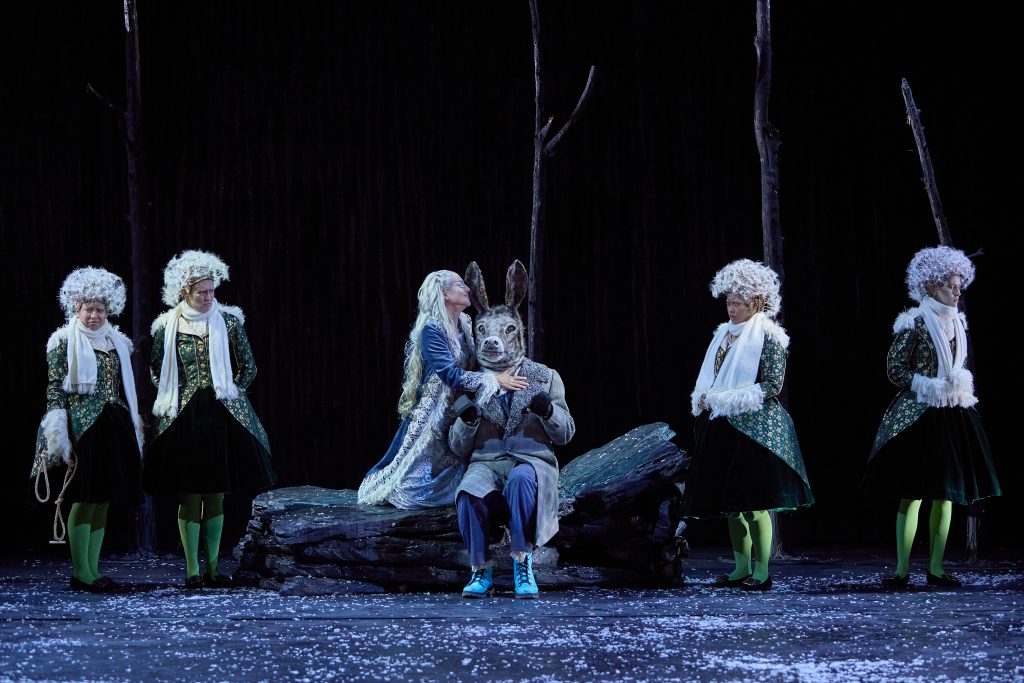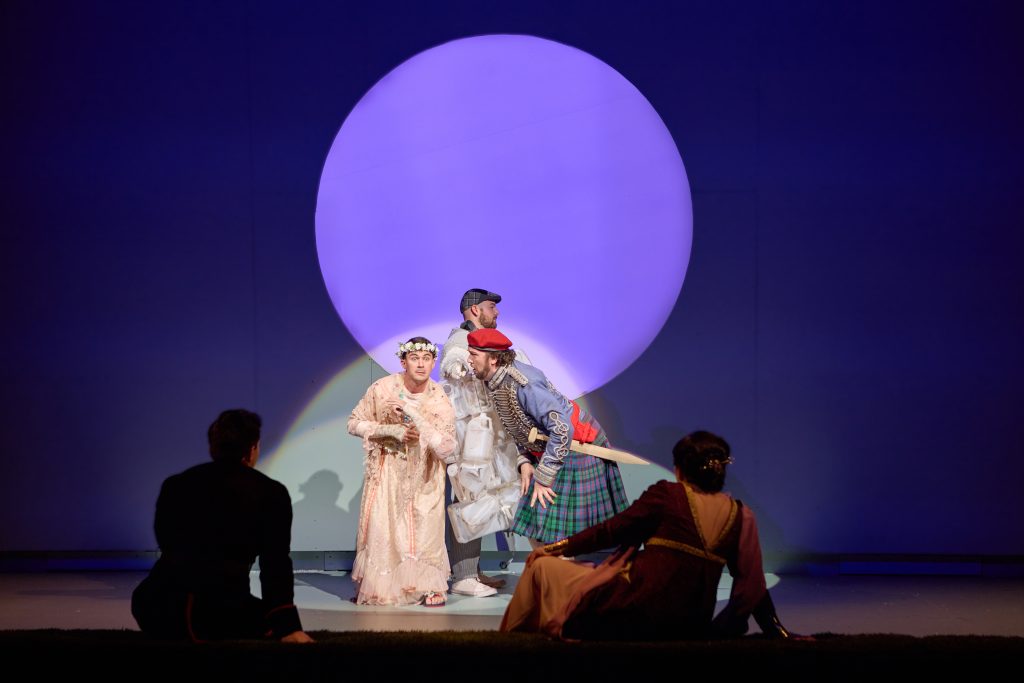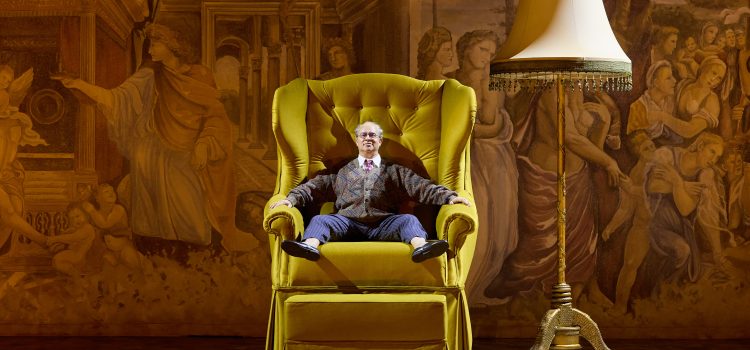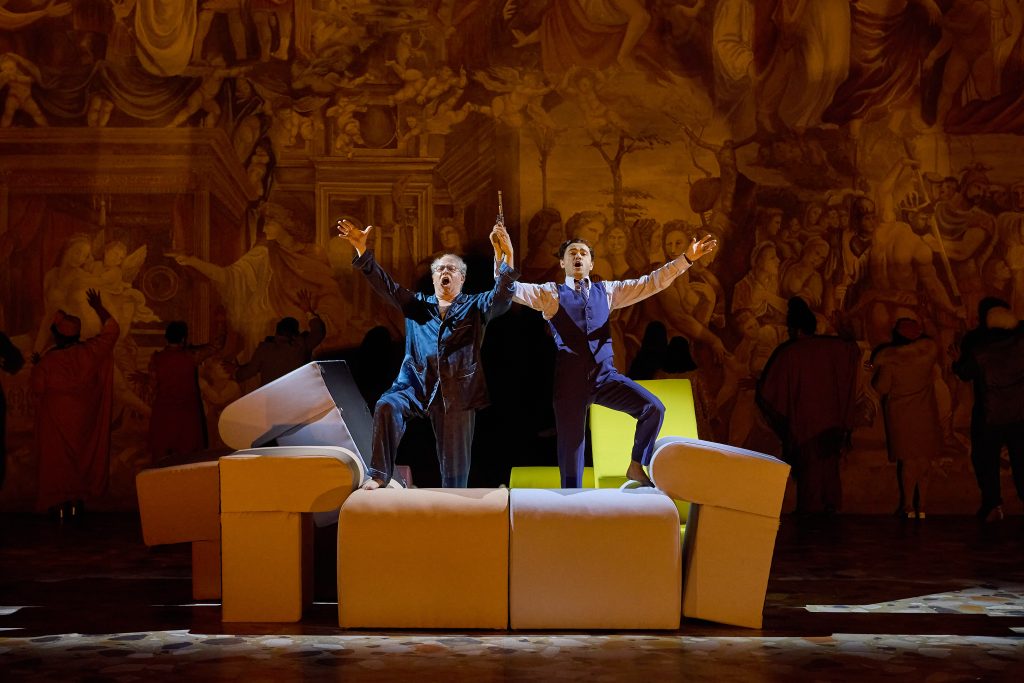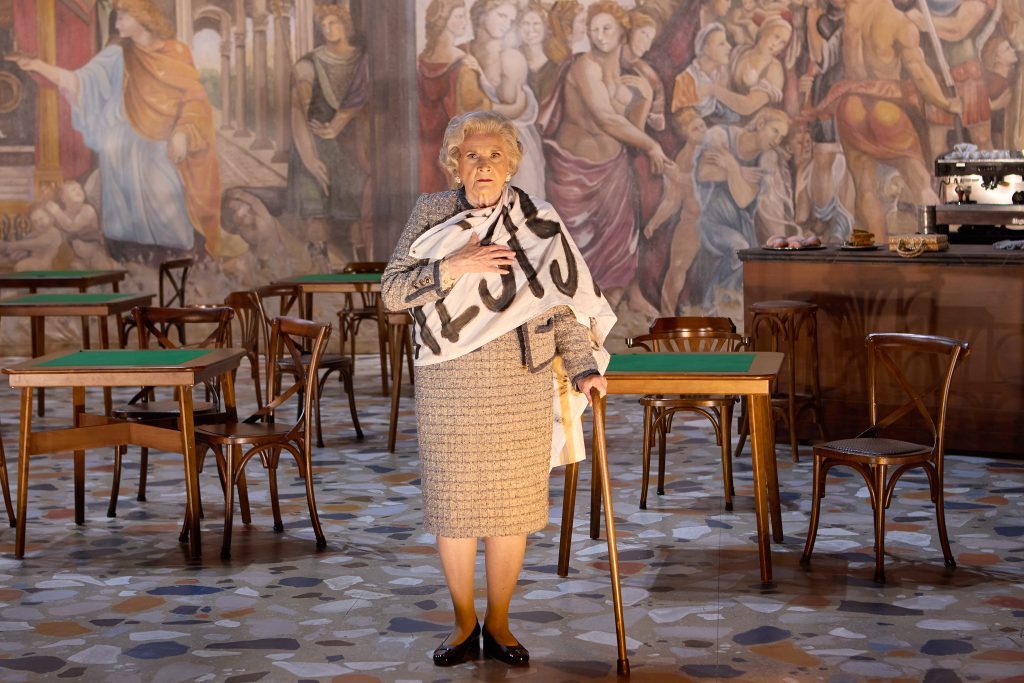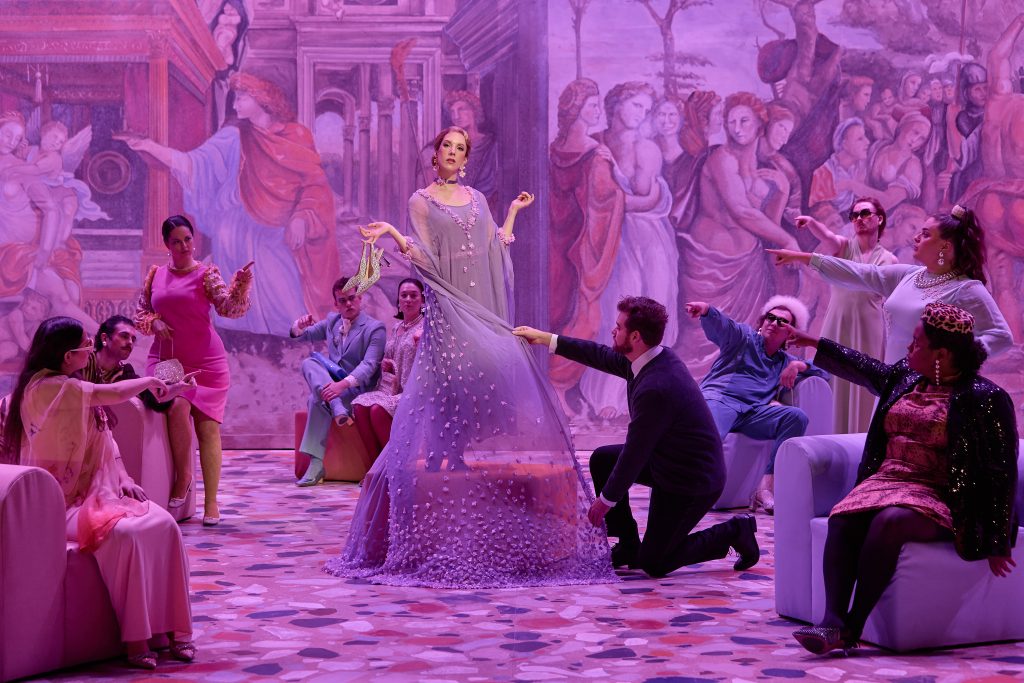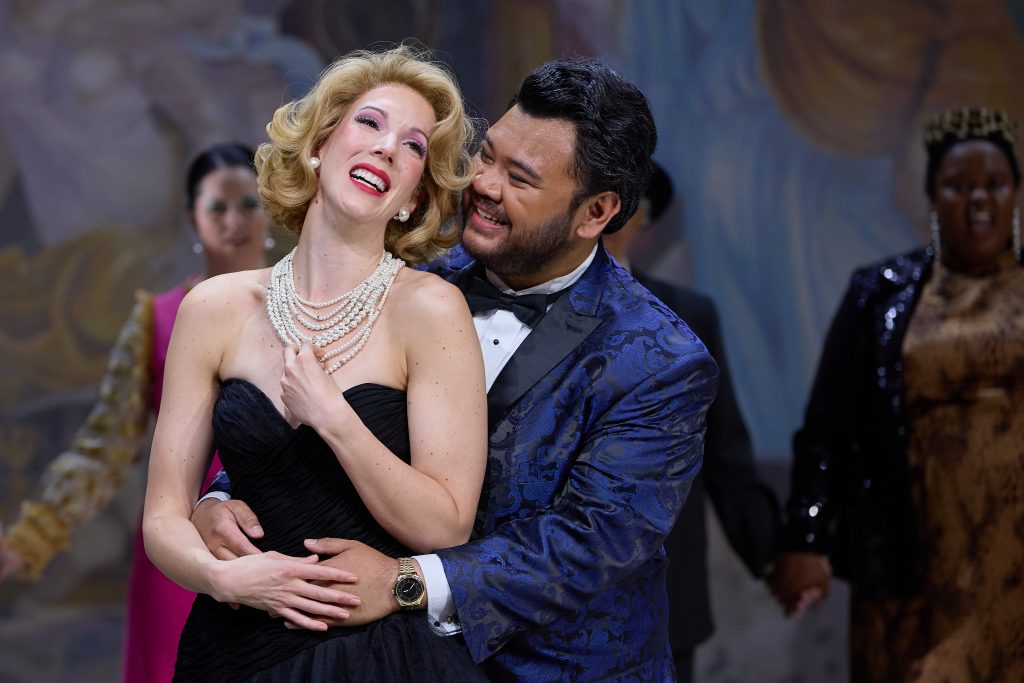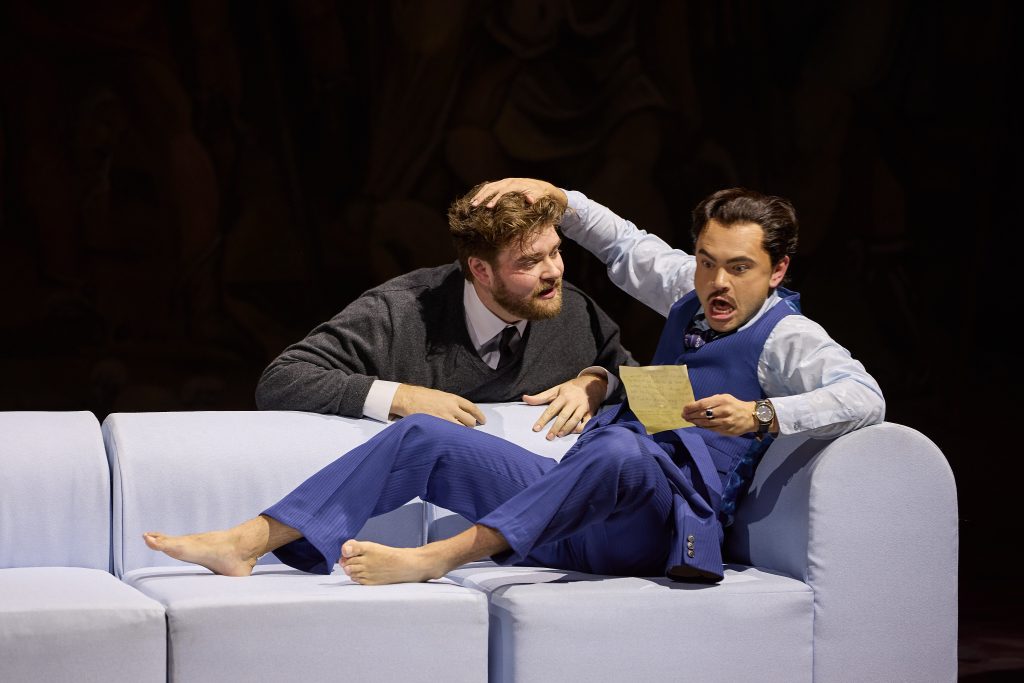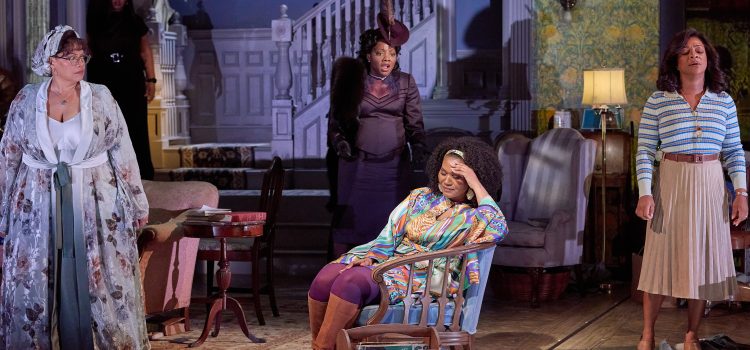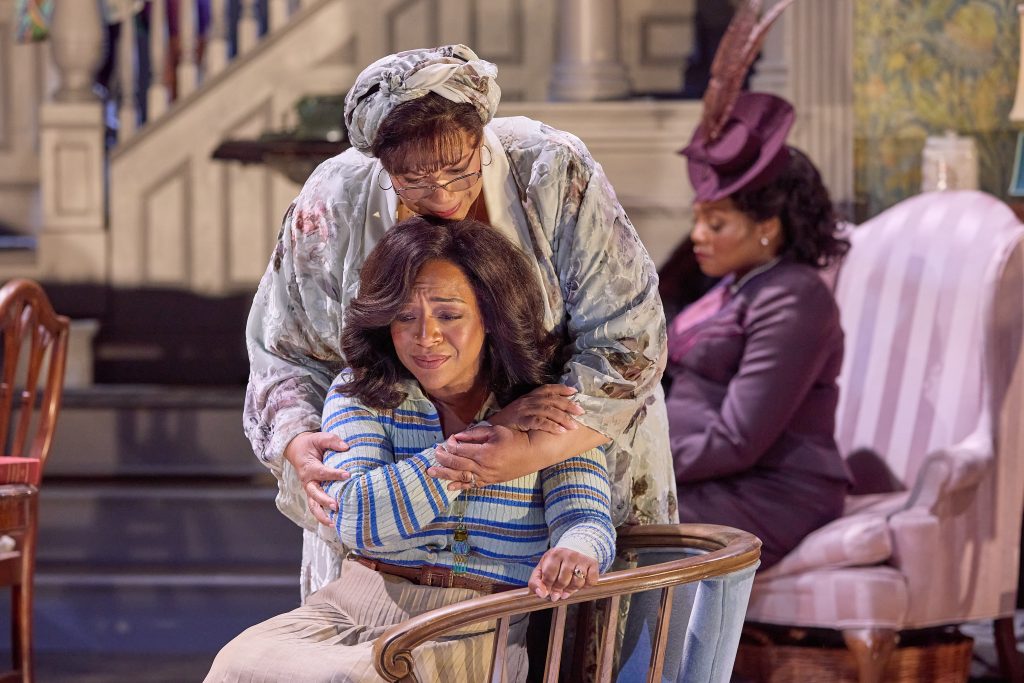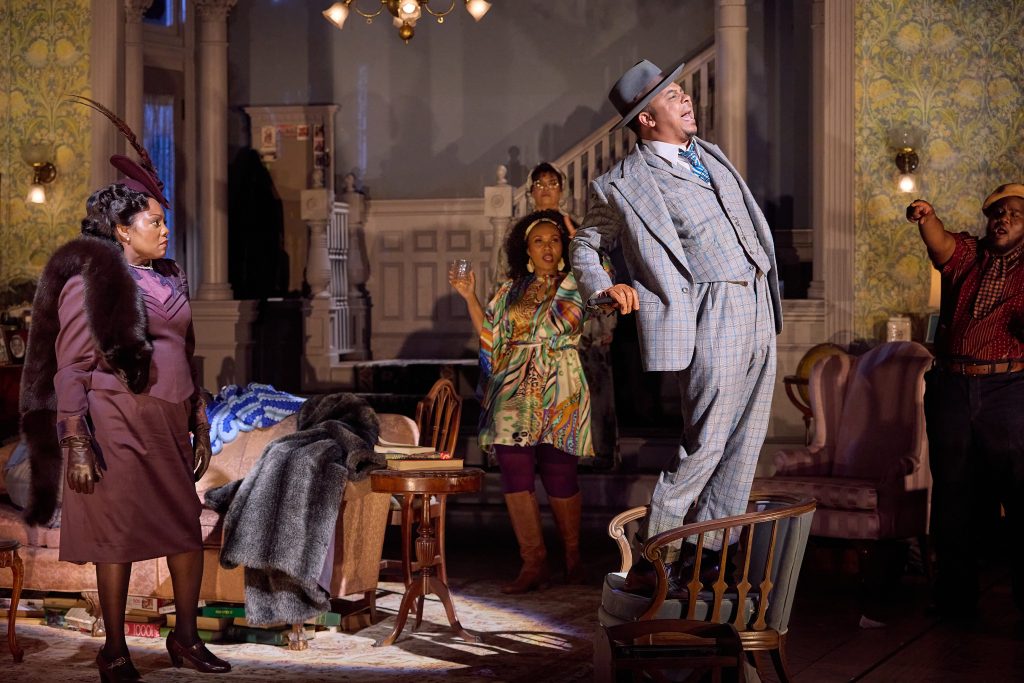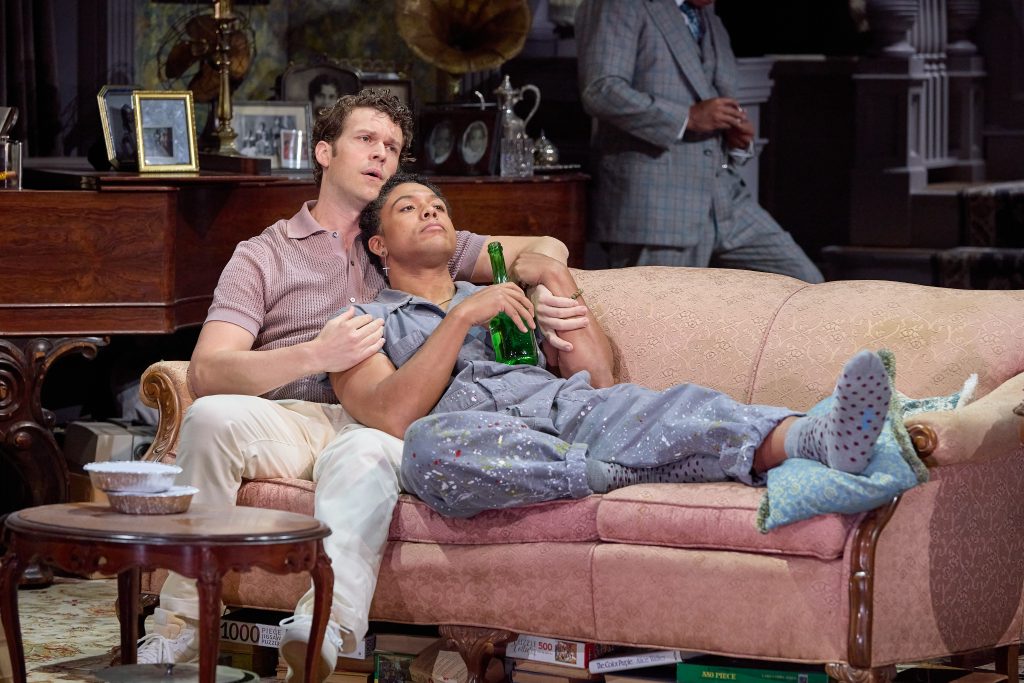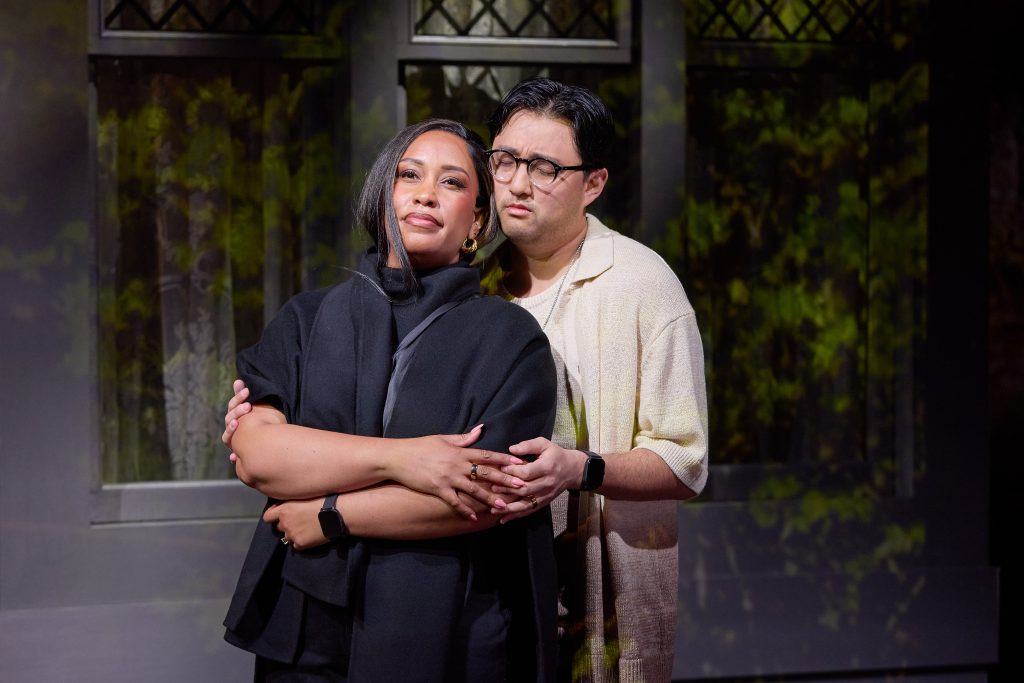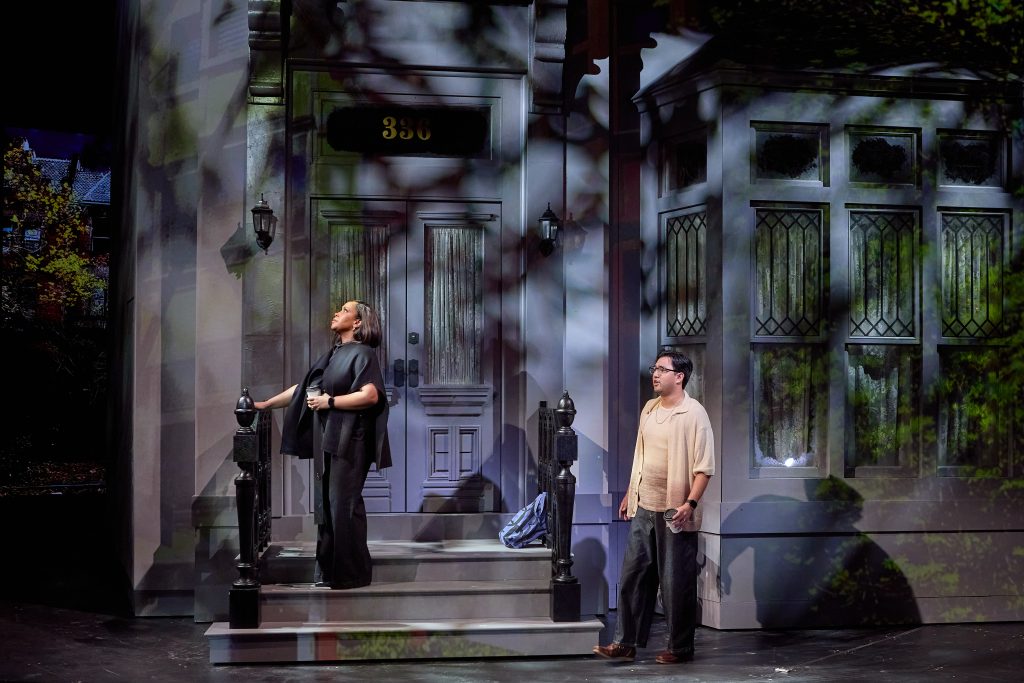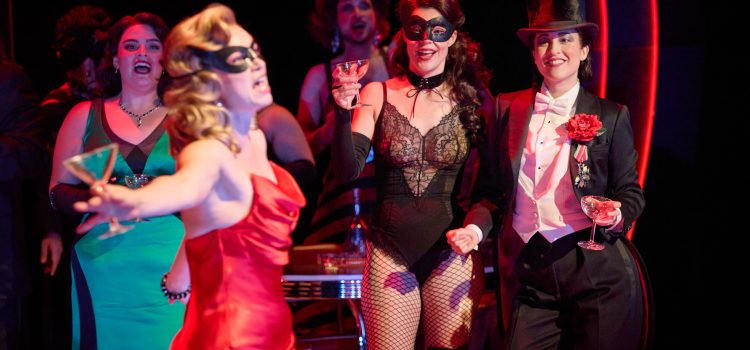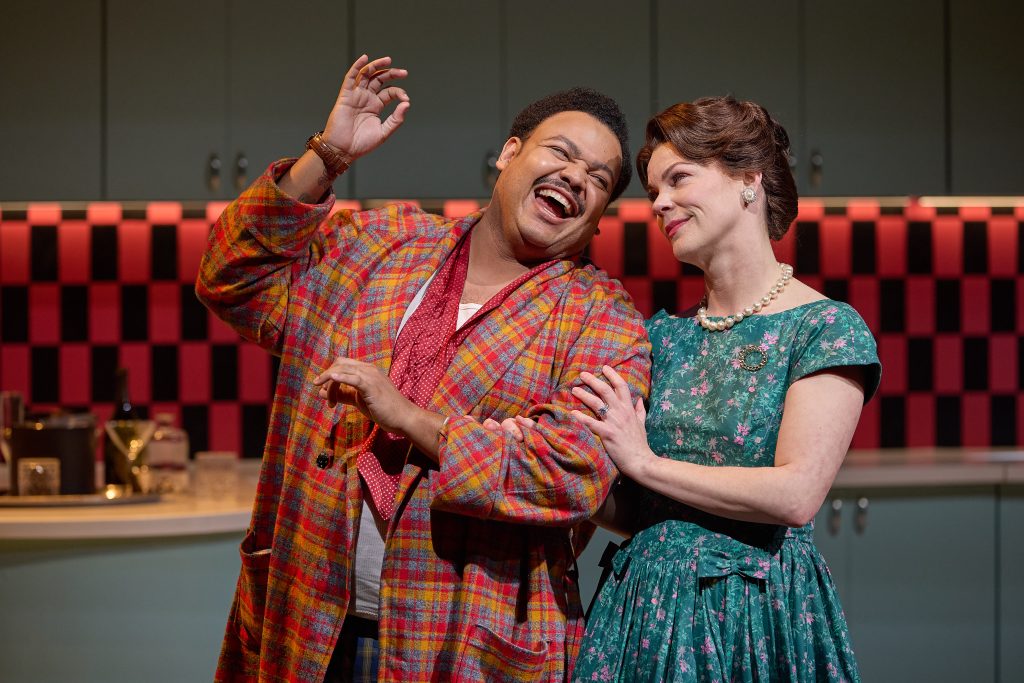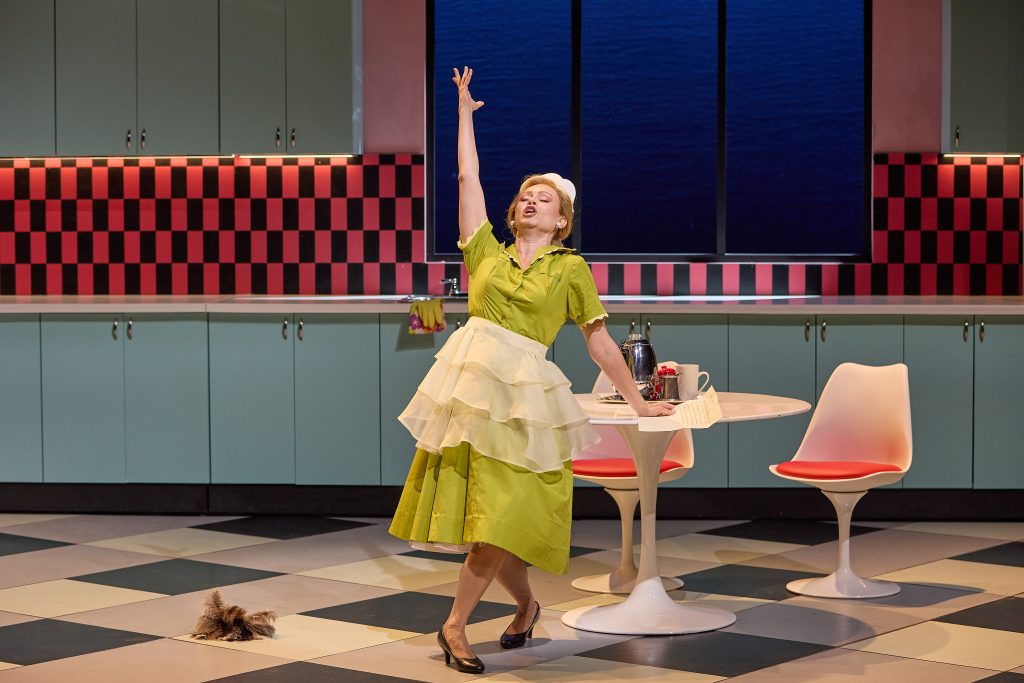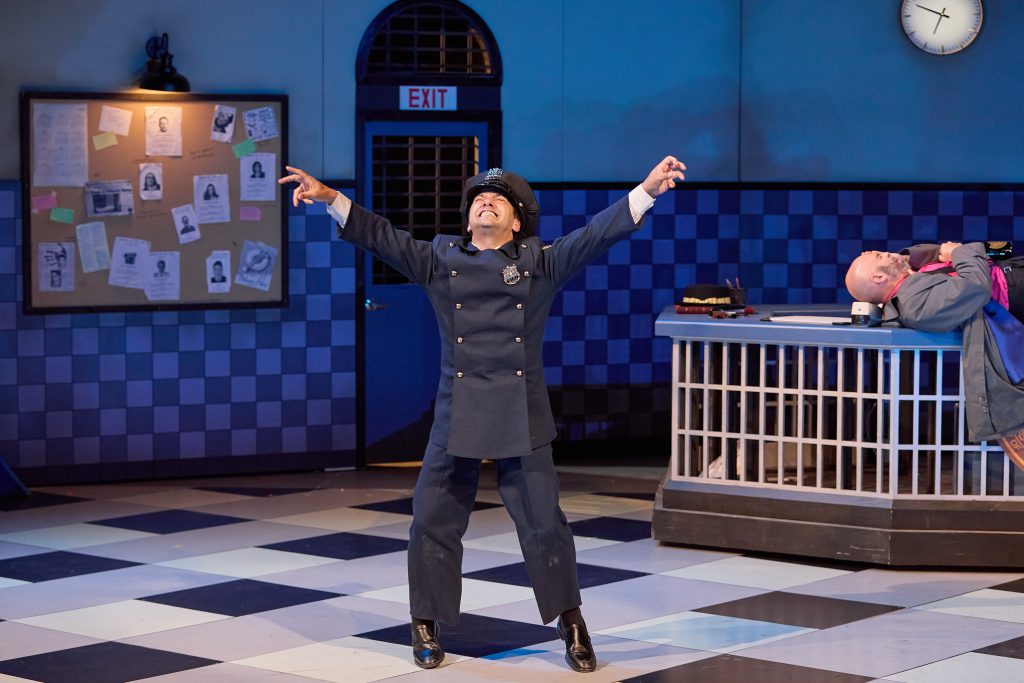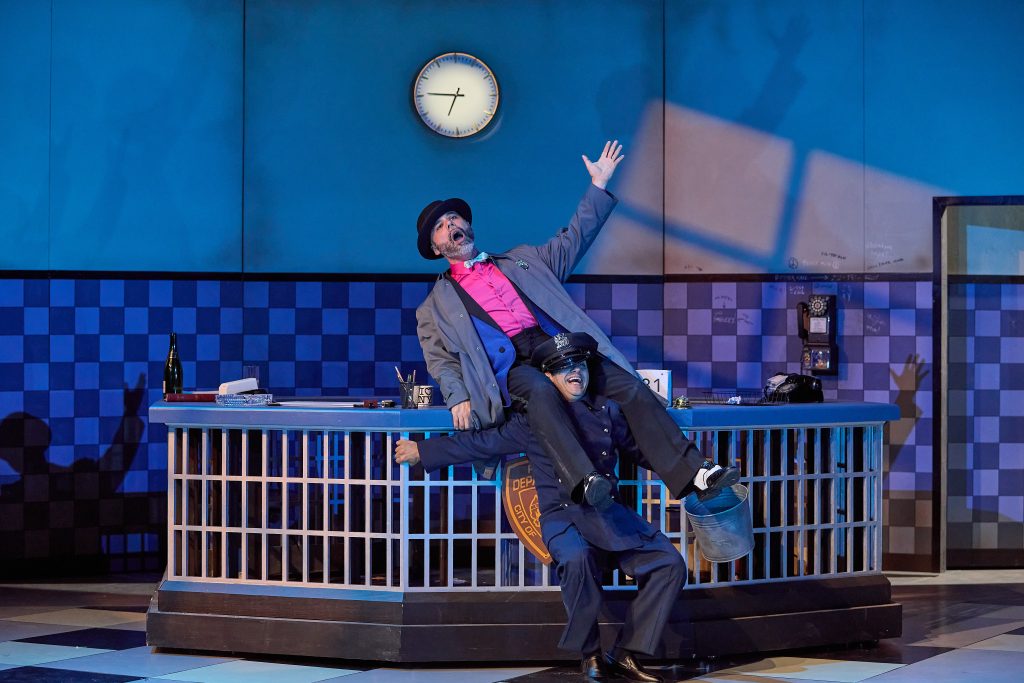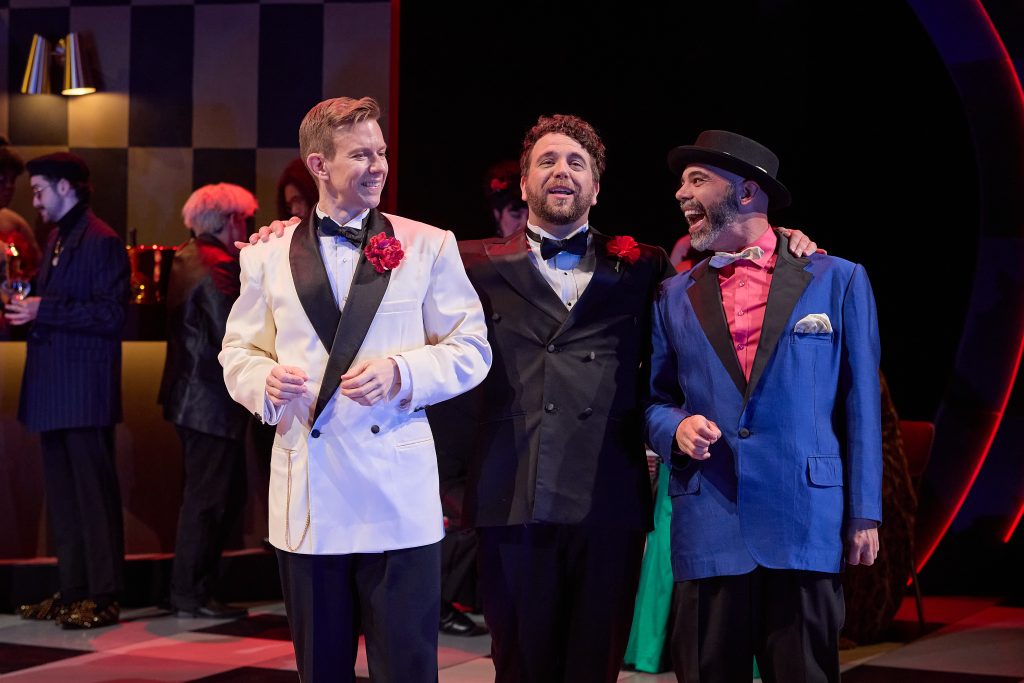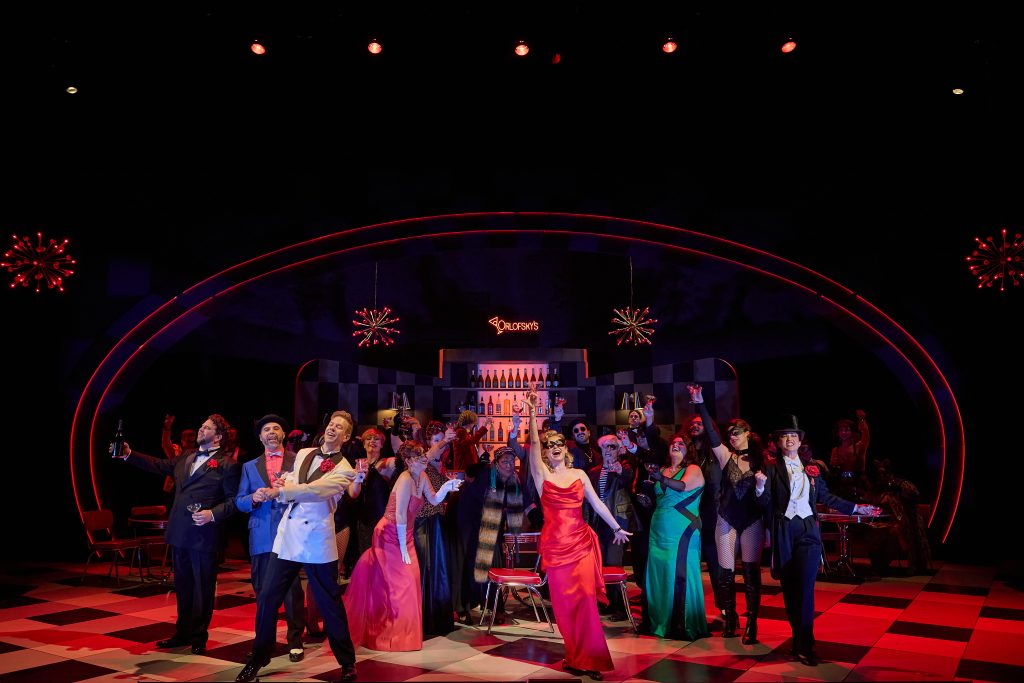Dateline: Sept. 1
By Lynn Venhaus, Alex McPherson, C.B. Adams and Carl “The Intern” Middleman
Are we ready to cross into the spooky season? And no, I don’t mean the pumpkin-spice aisle at the grocery store. (And besides, aren’t you stockpiling Halloween candy like sensible adults?). In the pop culture universe, we’re buzzing about film festivals, new television season, live theatre coming our way, and outdoor fall activities.
Here’s Round 3 of our new endeavor — our curated weekly round-up guaranteed fresh every Monday on our website and in your inbox. (Or in case of holidays, Tuesday. We hope you not only enjoy but spread the word – we’d like to reach as many fellow Popsters as we can.
This newsletter features links to our recent online works, in other publications, and heads’ up tips on what’s ahead, is meant to serve as a guide for you navigating an extensive ‘what to watch, go, see, do” that the universe is beckoning us to check out.
Now Showing:
Our timely film reviews so you can decide what’s worth your time and money.
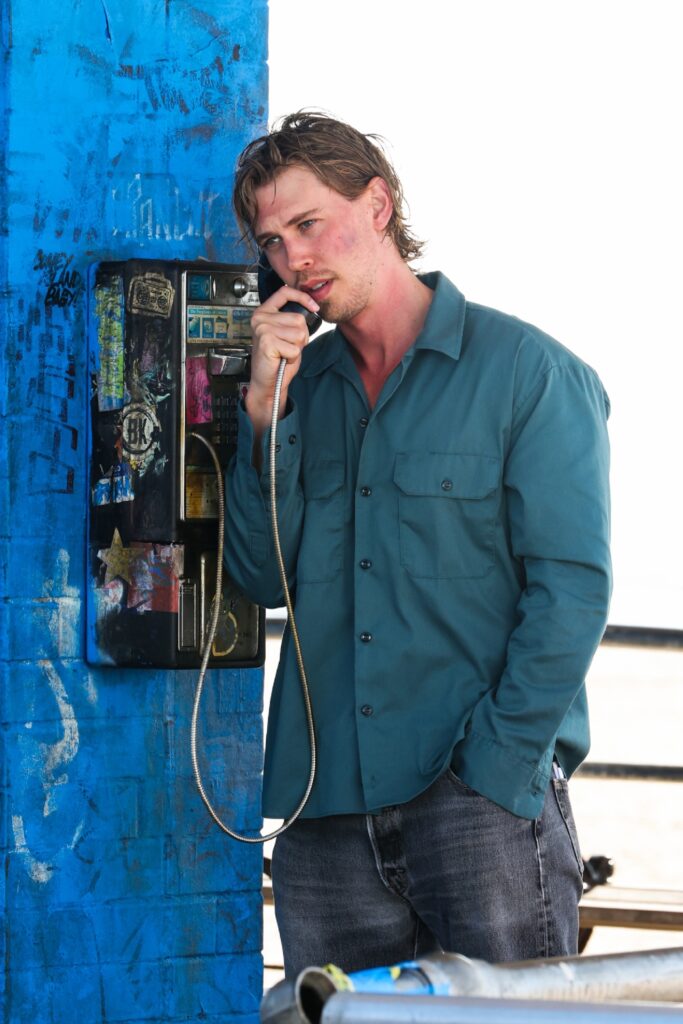
Caught Stealing: Austin Butler’s star charisma enlivens a scruffy, grungy, brutal chase through late 90s New York. Mayhem ensues in a bloody treasure hunt.
Zoomer and Boomer Takes:
Alex review: https://poplifestl.com/darren-aronofsky-takes-a-detour-in-hyperviolent-crime-thriller-caught-stealing/
Lynn review: https://poplifestl.com/austin-butler-drives-dark-comedy-action-thriller-caught-stealing/
Hamilton: To celebrate its 10th anniversary on Broadway, the filmed version of the musical, which premiered on Disney + during the pandemic on July 1, 2020, will be available in local theatres, and will feature a cast reunion special feature.
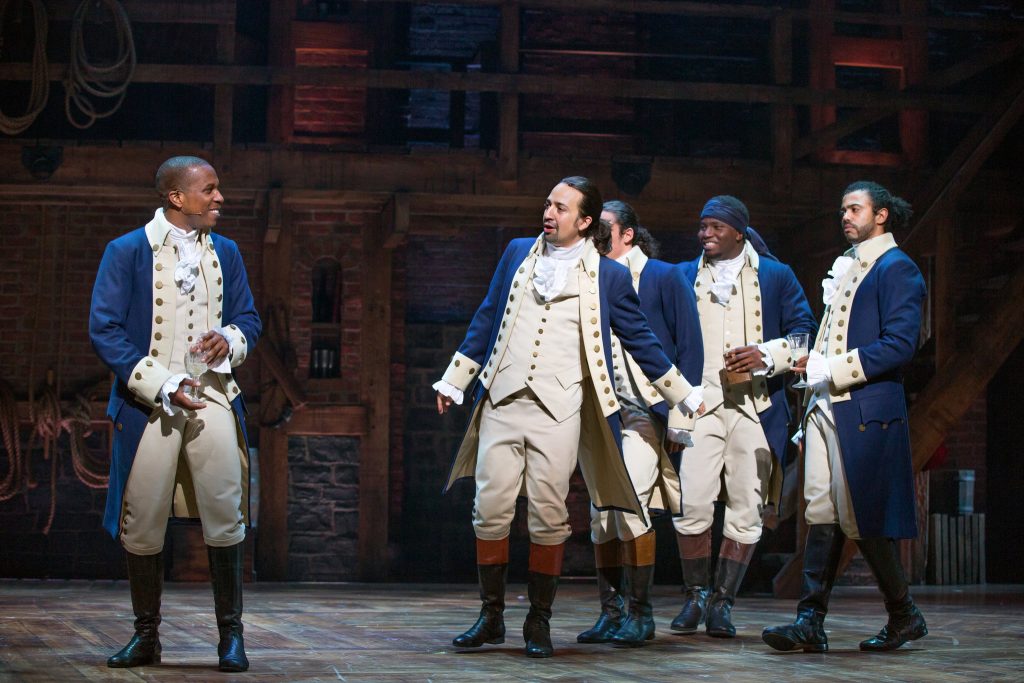
I consider :“Hamilton,” which I’ve now seen three times, to be the greatest live theatrical experience of my lifetime. Here is my review of the 2020 movie: https://poplifestl.com/hamilton-the-movie-meets-the-moment/
“This view has new opportunities for discovery, to marvel at Miranda’s attention to detail and his nimble storytelling. The recurring themes and repetitive nature of the score add texture to the rhythms and harmonies, and the cast’s enunciation and verbal dexterity is remarkable.” – Lynn
New to Streaming:
“The Thursday Murder Club” — charming -2-hour comedy-mystery with an all-star British cast on Netflix, including Helen Mirren, Pierce Brosnan, Ben Kingsley, Celia Imrie, Jonathan Pryce, David Tennant, Naomi Ackie and Think “Knives Out” meets “The Best Exotic Marigold Hotel.”
Here’s Lynn’s review on KTRS Aug. 29: (My segment starts at 34:30 and ends at 49:30)
The mystery may be by the book, but the team in the retirement home solving cases is a delight to watch — Helen Mirren, Pierce Brosnan, Ben Kingsley and Celia Imrie (you know her from The Best Exotic Marigold Hotel movies and Bridget Jones).
The great Jonathan Pryce plays Helen Mirren’s husband who has dementia and Naomi Ackie plays a local police officer who is investigating a real murder.
I had fun watching them all play together on the playground (in this case, a grand old senior living center).
Also on streaming beginning Sept. 5 on Apple TV+:– “Highest 2 Lowest,” the latest collaboration between Spike Lee and Denzel Washington, filmed energetically in the streets of New York. Here’s Lynn’s review in the Webster-Kirkwood TImes.
https://www.timesnewspapers.com/webster-kirkwoodtimes/arts_and_entertainment/reel_world/highest-2-lowest/article_44478a18-0e77-4ec4-b13d-92c76833c4b5.html
On Stage:Sublime voices, staging so-so. CB Adams review of Union Avenue Opera’s “Salome.” https://poplifestl.com/union-avenue-operas-salome-delivers-power-and-uneven-spectacle/

PopLifeSTL Presents Podcast: Chas Adams joined Lynn this week as Carl the Intern Middleman is on an epic hero’s journey on the Mother Road with his family, and we had a swell time talking with promoter Greg Hagglund of Steve Litman Productions about a Napoleon Dynamite Bash at the District in Chesterfield on Sept. 3.The Napoleon Dynamite Bash is a teaser in preparation for showing the movie on Oct. 9 at The Factory, with cast members Jon Heder (title character), Jon Gries (Uncle Rico) and Efren Ramirez (Pedro) in attendance for a Q&A.
We also enjoyed talking with Eric Dundon from the St. Louis Symphony Orchestra and talk about an epic journey! Their upcoming events this month — unveiling Powell Hall’s additions, the free community concert in Forest Park Sept. 17, and release of their new album with composer in residence Kevin Puts. They have many things going on!
Here’s our jam-packed podcast! https://soundcloud.com/lynn-zipfel-venhaus/august-31st-2025-with-greg-hagglund-slsos-eric-dundon?si=beac0cb47d034e3b9f66ec74673b0eee&utm_source=clipboard&utm_medium=text&utm_campaign=social_sharin

Our Playlist:
We recommend —
Chas: My playlist has been a continuous shuffle of my 200+ song playlist called The Road — tunes with traveling, driving and getting away as the theme or vibe.
Alex: The soundtrack/score for “Inglourious Basterds.”
Carl: Part 2 of the “WKRP in Cincinnati” double feature – this time with Venus Flytrap https://www.awphooey.com/venus
Lynn: After certifiable musical genius Jon Batiste rocked the Muny Thursday, exuding goodness and light, I’ve been listening to different cuts from several albums. I love the vast scope of his music, but I’ll share his Grammy-nominated song “Butterfly” from his 2024 “World Music” album, live from “Late Show with Stephen Colbert”: https://youtu.be/CR115pxSjWM?si=czO2tsGn51myAWjg
And if you haven’t seen the heart-tugging documentary about Jon and his wife, writer Suleika Jaouad, “American Symphony,” it’s streaming on Netflix. Here is my review: https://poplifestl.com/american-symphony-triumphs-as-tender-look-at-art-life-and-love/
Good Eats and Fun Treats: Fans of “Napoleon Dynamite” can try “Tot Dogs” at Steve’s Hot Dogs in The District at Chesterfield, plus take their photo with a llama on site, enter a look-a-like contest, play trivia and win tickets to the upcoming movie event, and more to celebrate the 2004 cult classic film on Wednesday, Sept. 3, from 5 to 7 p.m.
The Napoleon Dynamite Bash is a teaser in preparation for showing the movie on Oct. 9 at The Factory, with cast members Jon Heder (title character), Jon Gries (Uncle Rico) and Efren Ramirez (Pedro) in attendance for a Q&A.
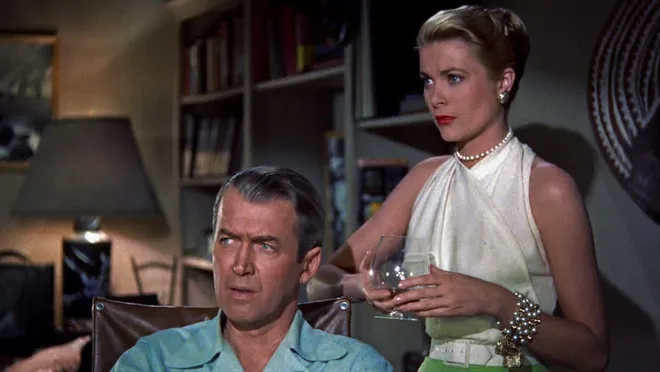
The Vault:
Special anniversaries this week –
Sept. 1, 1984: Tina Turner’s single “What’s Love Got to Do with It,” shot to no. 1, his first as a solo artist. Turner, who attended Sumner High School in St. Louis, launched her music career here, singing with Ike Turner’s band.
Sept. 2, 1954: Alfred Hitchcock’s classic thriller Rear Window was released in American theaters. Often imitated. A luminous Grace Kelly takes your breath away.
Sept. 3, 1972: Everybody, sing along! “It was the 3rd of September, that day I’ll always remember.” That’s the first line of The Temptations’ iconic cover “Papa Was a Rollin’ Stone,” which won a Grammy and went to no. 1 on the Billboard Top 100.
Sept. 4, 2002: Kelly Clarkson was crowned winner of the first “American Idol” singing competition show.
Sept. 5, 1976: Jim Henson’s “The Muppet Show” premiered on TV and Mia Farrow was the first guest star.
Sept. 6, 1997: The funeral of Diana, Princess of Wales, was watched by an estimated 2.5 billion people globally. She had died a week earlier, at age 36, in a car accident in Paris on Aug. 31.
Sept. 7, 2008: Jonathan Larson’s Tony and Pulitzer Prize winning musical “Rent” closed after 12 years on Broadway, and 5,123 performances.
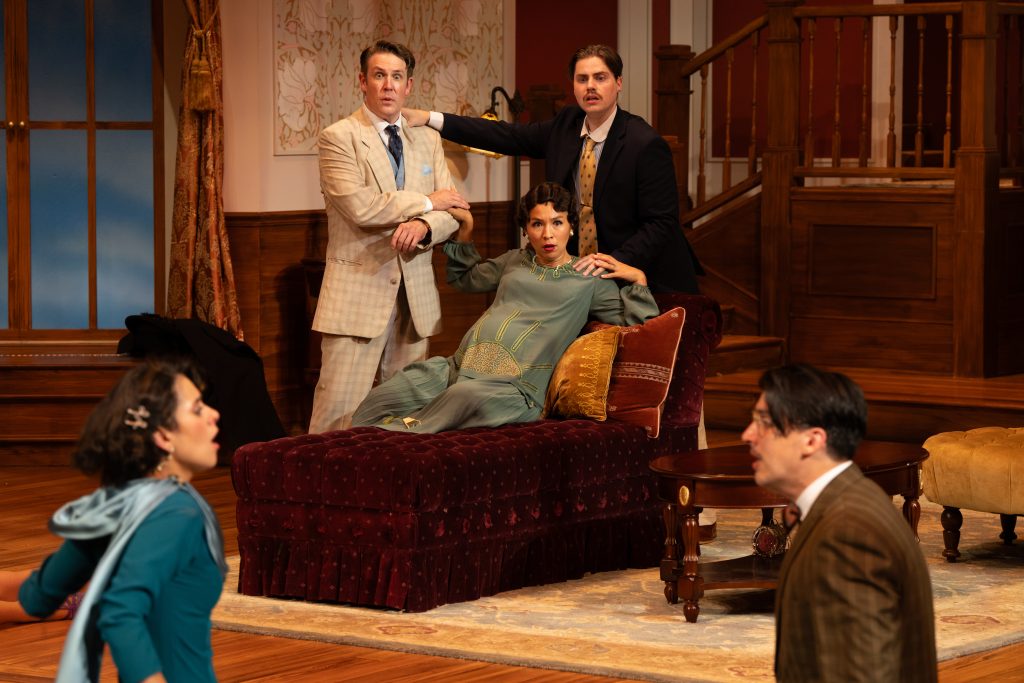
On Our Radar: What we’re excited about this week.
Chas: I’m looking forward to this week’s return of the Two Reps – The Black Rep and St. Louis Repertory Theatre!
On my radar is the upcoming “Art Work: On the Creative Life” by Sally Mann, one of my top five photographers. Not only is she a stellar artist, but she can also write beautifully. I’ve pre-ordered a hardcover on its Sept. 9 release.
Alex: “Sanatorium Under the Sign of the Hourglass” at the Webster Film Series next weekend (Sept. 5-7).
Carl the Intern: Finishing the last 302 miles of the Route 66 trip from Santa Monica to Chicago.
Lynn: The fall theatrical season kicks off with the farce “The Cottage” at The Rep and the musical “Raisin” at the Black Rep, and I’m excited to see both productions.
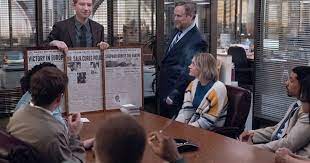
“The Paper” starts Thursday on Peacock, and it may become my new favorite show. It’s the new spin-off of “The Office,” and it’s the same documentary crew now at a struggling small-town newspaper in Ohio – the Toledo Truth-Teller. Domhnall Gleeson, plays the new editor-in-chief. After 50 years in news, I may either laugh or cry, or both.Chas:
Where Can You Find Us?
Chas: St. Louis Arts Scene, PopLifeSTL.com, STL Stage Snaps on YouTube and IG, and the socials.
Alex: https://bsky.app/profile/gdogmcp.bsky.social and https://letterboxd.com/gdogmcp/
Carl the Intern: Find me@_CarlTheIntern on IG, X & Threads and on the Big 550 KTRS M-F 5a-10a.
Lynn: KTRS, “The Frank and Jill Show,” every Friday at 11:08 a.m., PopLifeSTL.com, Webster-Kirkwood Times, Alliance of Women Film Journalists (awfj.org), plus Belleville News-Democrat for news and features, St. Louis Magazine for dining contributions, and all the socials.

Lynn (Zipfel) Venhaus has had a continuous byline in St. Louis metro region publications since 1978. She writes features and news for Belleville News-Democrat and contributes to St. Louis magazine and other publications.
She is a Rotten Tomatoes-approved film critic, currently reviews films for Webster-Kirkwood Times and KTRS Radio, covers entertainment for PopLifeSTL.com and co-hosts podcast PopLifeSTL.com…Presents.
She is a member of Critics Choice Association, where she serves on the women’s and marketing committees; Alliance of Women Film Journalists; and on the board of the St. Louis Film Critics Association. She is a founding and board member of the St. Louis Theater Circle.
She is retired from teaching journalism/media as an adjunct college instructor.

